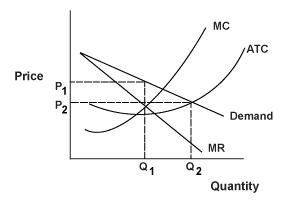KUALA LUMPUR (REUTERS) - Malaysia's industrial production in July expanded at its fastest pace in eight months, government data showed on Monday (Sept 11), boosted by gains in all three major sectors.
Factory output grew 6.1 per cent from a year earlier in July, the fastest since November 2016 and beating the 5.3 percent annual rise forecast in a Reuters poll.
Industrial output was up 4 per cent in June.
July's factory output was due to strength in the manufacturing, electricity and mining sectors, according to data from the Statistics Department.
Manufacturing output grew 8 per cent from a year earlier in July, boosted by growth in the food, tobacco, and electrical and electronic products subsectors, the data showed.
The electricity generation sector rose 7.9 per cent year-on-year, while mining output grew 0.2 per cent.
Malaysia's exports in July beat economists' estimates, rising 30.9 per cent from a year earlier, on higher shipments of manufactured products and mining goods.
source : http://www.straitstimes.com/business/economy/malaysia-factory-output-up-61-in-july-beating-forecasts
conclusion ;
The effect:
when output increases, supply also increases,then the price of output will increases too.
The more production, the more cost will occur.
In the short-run, increases (decreases) in demand in a competitive market will cause prices and output to increase (decrease).
In the long-run, increases (decreases) in demand in a competitive market will cause increases (decreases) in output. Initially, markets with an increase (decrease) in demand will have firms experiencing economic profits (losses). Over time, markets with firms experiencing economic profits (losses) will have additional firms enter (existing firms will exit) the market, and prices will decrease (increase) towards previous levels. If cost conditions remain the same, then prices will revert to what they were before the increase (decrease) in demand.
Figure 3.10: Long Run Supply: Increasing Cost Industry
 |
For a decreasing cost industry, if demand increases, in the long run firms can provide more output at lower prices. The need to produce larger quantities of goods and services in response to increased demand induces technological change, which lowers costs for the producer and these savings are passed on to consumers in the long run.



No comments:
Post a Comment